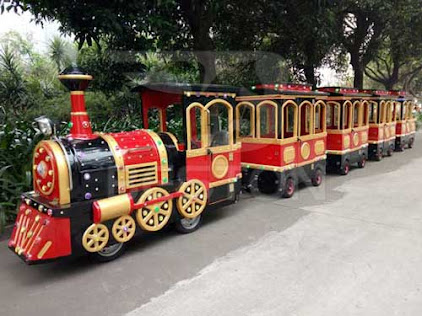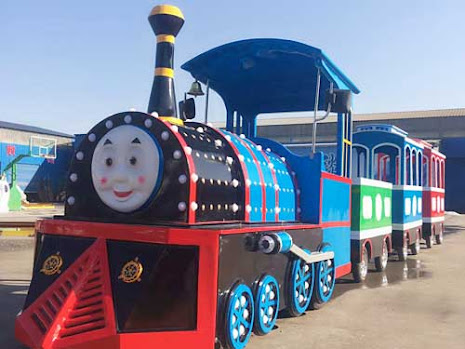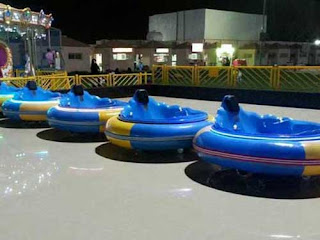What You Should Know About Trackless Trains And Track Trains
Both trackless trains and track trains are solutions for several transport issues, but a majority of are not aware of the differences involving the two. This may lead to confusion for not only the best kind of train to setup, but the different uses of each. Fortunately, these will show you more about these magnificent items of machinery as well as the ways they can be implemented in just about every day use.
Trackless Trains
Trackless trains, also known as trackless trams, land trains, Dotto trains, parking lot trams and road trams, can be a road vehicle that is used to transport passengers from a location to another. These types of trains are compromised of the driving vehicle, and that vehicle pulls a few other connected carriages or cars.
They can be connected from a drawbar coupling in the same manner as being a railway train. However, trackless trains are often used to transport people, baggage or freight short distances. The truth is, they are typically seen in factories and airports.
On account of cultural differences, this particular train is referenced by many other names dependant upon where it really is located. However, the expression 'trackless' train comes from the reality that these trains usually are not placed on rails. Instead, they utilize rubber tires to travel along paths and roadways.
Trackless trains are utilized quite often inside the public as being a mode to transport tourists rather than using other sorts of transportation. These services can be seasonal and used to transport individuals to zoos, museums, amusement parks along with other attractions. Quite often, the train is a tourist attraction.
These trains are often seen and used in malls, outlets and other shopping venues. They work as a major attraction for the kids, and help with keeping them occupied while their parents are shopping. The trains that can be used for this purpose are small compared to traditional trackless trains, and so they have less power.
Track Trains
Track trains are what a lot of people think of after they hear the word 'train.' They are trains that move along a railway or possibly a railroad.
As with trackless trains, track trains are connected vehicles that transport passengers and cargo.
The train's power originates from an independent motor or locomotive. Although the first couple of track trains produced ran away from steam propulsion, many of the typical modern locomotives operate on either diesel or electric. The energy for electric trains is supplied by wires that hang overhead.
Track trains may also be powered by:
Batteries
Wire wench
Gravity
Pneumatics
Water-driven cable
A passenger train is made up of vehicles that carry passengers. These trains tend to be very fast and incredibly long. However, advancements in technology has changed the way in which people travel by train.
Light rail trains operate at faster speeds and it is a mix of a tram as well as a train.
Freight trains use freight cars, trucks, or wagons to move goods and cargo. Passenger cars and freight cars may be carried with the same train under special circumstances.
Train transport changed the way people and goods moved from one location to another. Trackless trains will not operate on rails and tend to be used for an attraction or even in an increased pedestrian area. Track trains https://amusementrides.ph/track-train-for-sale-in-philippines/ can move goods and cargo across country utilizing many different methods.




Comments
Post a Comment